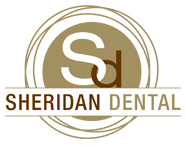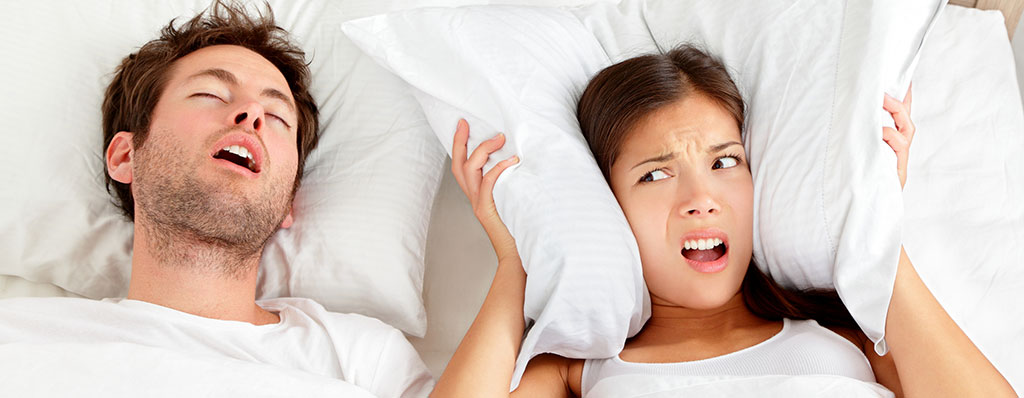Sleep Apnea and the Role of an Oral Appliance
Sleep is essential for repair and regeneration of the body and mind. Without proper sleep, people experience impaired cognitive function, daytime sleepiness and are at higher risk for obesity, cardiovascular issues, diabetes depression, impotence, GERD (gastroesophageal reflux disease), enuresis (involuntary urination) and nocturia (waking up during the night to urinate).
Sleep apnea can lead to depressed moods, irritability and impaired concentration. Work and relationships can suffer. Snoring is often associated with OSA, affecting the other partner’s ability to sleep thus potentially further deteriorating the relationship. Sleep apnea may contribute to ADHD and behavioural problems in children. Also can leads to a retruded chin, crowded teeth and a deep overbite.
People with sleep apnea are essentially suffocating in their sleep. They experience periods where there is no airflow or restricted airflow into the lungs.
- No airflow = apnea which occurs when there is no airflow for greater than 10 seconds
- Restricted airflow = hypopnea which occurs when there is 30% or greater reduction in airflow for 10 seconds
There are three types of Apnea: Central Sleep Apnea (CSA), Obstructive Sleep Apnea (OSA) and Mixed Sleep Apnea which is a combination of obstructive and central sleep apnea. Sleep Apnea is classified into normal, mild, moderate and severe when calculating number of apneas and hypopneas per hour. RDI is the respiratory disturbance index and it includes RERAS. RERA - Respiratory related arousals. Increased respiratory effort for 10 seconds or greater leading to an arousal from sleep but does not meet the criteria for apnea or hypopnea.
UARS - upper airway resistance syndrome occurs when there are RERAS and few apneas and hypopneas. These patients can also be helped through CPAP or the use of a MAD-mandibular advancement device (oral sleep apnea appliance). The MAD functions by moving the lower jaw forward thus physically opening up the airway. If you suspect that you have sleep apnea or UARS, go see your family physician who will refer you out to a sleep clinic for a sleep test (PSG - polysomnogram). This test will determine if you are diagnosed with sleep apnea or UARS, the first line of treatment and gold standard that the sleep doctor will recommend is the use of CPAP-continuous positive airway pressure. According to some studies up to 70% of patients do not have success wearing CPAP and success is defined as wearing it 4 hours a night for 4 nights!
For these patients that cannot tolerate CPAP, their most reasonable recourse is to see their dentist to have a MAD made. MAD is more successful in patients with mild to moderate sleep apnea but can also help severe cases. MAD can also be used in conjunction with CPAP to decrease the oxygen flow rate. We offer our patients MicrO2™ sleep device to help you get more sleep with less hassle. This digitally designed OSA device is precise and easy to use.
In Canada, unfortunately, MADs are not covered through dental insurance. Patients pay out of pocket for these devices, however some may be covered by extended medical insurance. They cost approximately the same as a set of dentures. Oxygen is essential for life, investing in a MAD if you are CPAP intolerant will likely improve your mental and physical health, improve your quality of life and increase your life expectancy. Please contact our office today to schedule your consultation. 905.822.8288.



